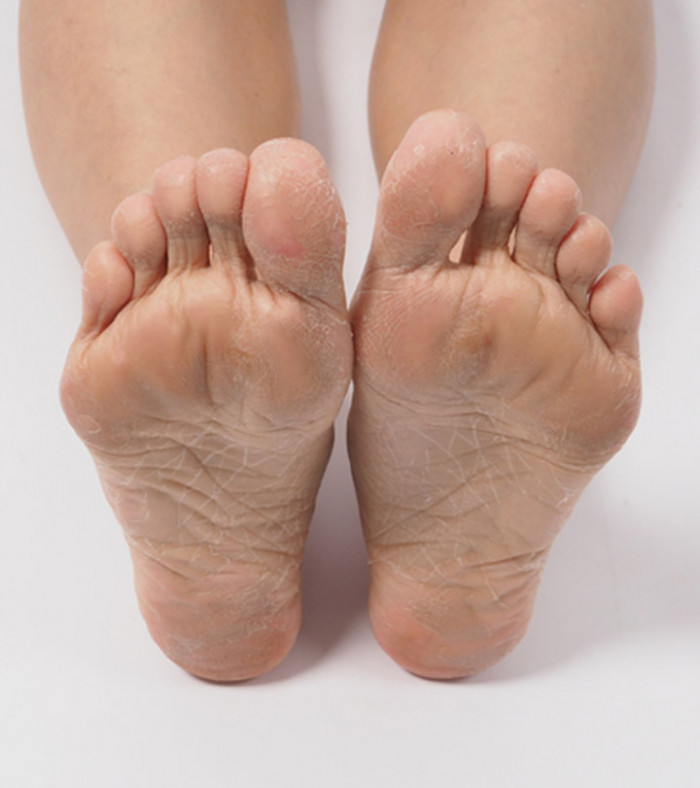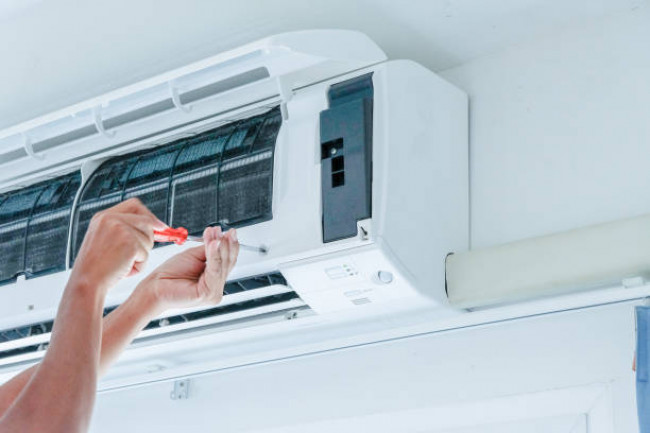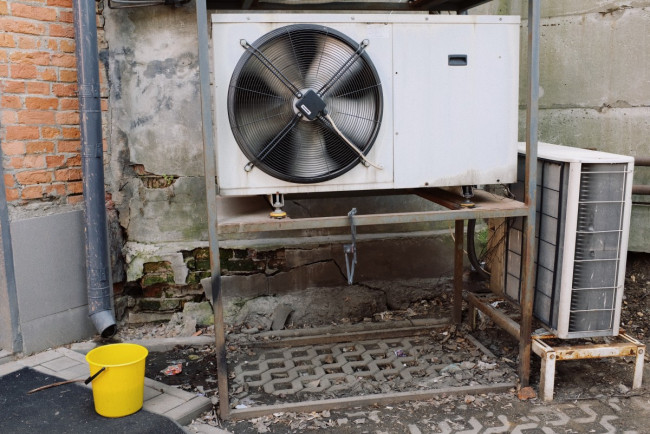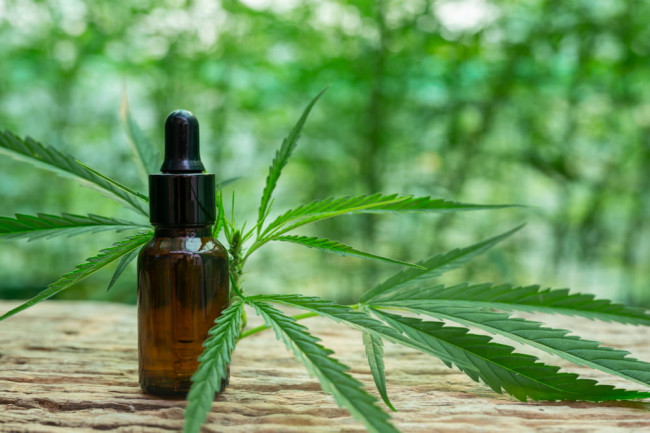What causes dead skin on feet?
Dead skin on feet is a common problem caused by a buildup of dry skin cells. This can be due to various reasons like wearing tight or uncomfortable shoes, exposure to harsh weather conditions, or lack of proper foot care. Dead skin can cause discomfort, itchiness, and even lead to painful cracks if not treated properly. Fortunately, there are easy home remedies to remove dead skin from your feet and keep them soft and smooth.
Exfoliate Your Feet: How to remove dead skin from feet at home?
The first step to remove dead skin from your feet is to exfoliate them. This process involves removing the top layer of dead skin cells that accumulate on your feet. Here’s how to do it:
· Mix 1 cup of Epsom salt with 1/4 cup of olive oil and a few drops of essential oil.
· Soak your feet in warm water for 10-15 minutes.
· Apply the salt mixture to your feet and scrub gently with a foot brush or pumice stone.
· Rinse your feet with warm water and pat dry with a towel.
Soak Your Feet: How to soften the dead skin on your feet?
Soaking your feet in warm water helps to soften the dead skin and make it easier to remove. Here’s how to do it:
· Fill a basin with warm water.
· Add a few drops of essential oil and a cup of Epsom salt.
· Soak your feet for 10-15 minutes.
· Use a towel to dry your feet.
Pumice Stone or Foot File: What to use to remove thick dead skin from feet?
Using a pumice stone or foot file can help to remove thick dead skin from your feet. Here’s how to do it:
· Apply a foot cream or moisturizer to your feet.
· Gently rub the pumice stone or foot file over the areas

How to keep your feet soft and smooth?
Moisturize Your Feet: How to keep your feet soft and smooth?
Moisturizing your feet regularly is key to keeping them soft and smooth. Here’s how to do it:
· Apply a foot cream or moisturizer to your feet after showering or before going to bed.
· Massage the cream or moisturizer into your feet, paying extra attention to the heels and other areas prone to dryness.
· Wear cotton socks to lock in moisture and prevent your feet from drying out.
Pedicure at Home: Tips for a perfect pedicure to remove dead skin from feet
Giving yourself a pedicure at home is an excellent way to remove dead skin from your feet and keep them looking great. Here are some tips for a perfect pedicure:
· Trim your nails and file them to your desired shape.
· Soak your feet in warm water with Epsom salt and essential oils for 10-15 minutes.
· Use a pumice stone or foot file to remove dead skin from your feet.
· Apply a moisturizer or foot cream to your feet and massage it in.
· Apply your favorite nail polish or keep your nails natural.
Conclusion: Take care of your feet to avoid dead skin build-up
Dead skin on your feet can be uncomfortable and even painful, but it’s easy to prevent and treat with the right care. Follow these simple tips to keep your feet soft, smooth, and free of dead skin. Remember to wear comfortable shoes, keep your feet clean and dry, and exfoliate and moisturize regularly to prevent dead skin build-up.
Most Common Skin Diseases
Acne
Acne is a skin condition that affects millions of people worldwide. It is characterized by the appearance of pimples, blackheads, and whiteheads on the face, neck, chest, and back. Acne is caused by excess sebum production, clogged pores, and bacteria on the skin. Treatment options include topical creams, oral medications, and lifestyle changes such as a healthy diet and regular exercise.
Eczema
Eczema is a chronic skin condition that causes red, itchy, and inflamed skin. It is most common in children, but adults can also develop it. Eczema can be triggered by certain foods, environmental factors, and stress. Treatment options include topical creams, oral medications, and lifestyle changes such as avoiding triggers and keeping the skin moisturized.
Psoriasis
Psoriasis is a chronic autoimmune disease that affects the skin and joints. It is characterized by the appearance of thick, red, scaly patches on the skin. Psoriasis can be triggered by stress, infections, and certain medications. Treatment options include topical creams, oral medications, light therapy, and lifestyle changes such as quitting smoking and reducing alcohol consumption.
Rosacea
Rosacea is a chronic skin condition that causes redness, swelling, and bumps on the face. It is most common in people with fair skin and can be triggered by certain foods, alcohol, and stress. Treatment options include topical creams, oral medications, and lifestyle changes such as avoiding triggers and protecting the skin from the sun.
Warts
Warts are benign skin growths caused by the human papillomavirus (HPV). They can appear anywhere on the body, but most commonly occur on the hands and feet. Treatment options include topical creams, freezing, and surgical removal.
Cold Sores
Cold sores are caused by the herpes simplex virus (HSV). They are characterized by the appearance of small, fluid-filled blisters on or around the lips. Cold sores can be triggered by stress, illness, and sun exposure. Treatment options include topical creams, oral medications, and lifestyle changes such as avoiding triggers and protecting the skin from the sun.
Hives
Hives are a common skin condition that causes itchy, red welts on the skin. They are often caused by an allergic reaction to food, medication, or environmental factors. Treatment options include topical creams, oral medications, and lifestyle changes such as avoiding triggers and keeping the skin moisturized.
Athlete's Foot
Athlete's foot is a fungal infection that affects the skin on the feet. It is characterized by itching, burning, and cracking skin. Athlete's foot is often caused by sweaty feet and can be spread through contact with contaminated surfaces. Treatment options include topical creams, oral medications, and lifestyle changes such as keeping the feet dry and wearing clean, dry socks.
Ringworm
Ringworm is a fungal infection that affects the skin on the scalp, body, and feet. It is characterized by a red, scaly rash that is often circular in shape. Ringworm can be spread through contact with infected.
How To Treat Most Common Skin Diseases
here are several common skin diseases that affect people of all ages. The treatment for these conditions can vary depending on the type and severity of the disease. Here are some common skin diseases and their treatments:
Acne
Acne is a common skin disease that is caused by clogged pores. Treatment options include topical creams, gels, and lotions that contain benzoyl peroxide, salicylic acid, or retinoids. In severe cases, oral medications such as antibiotics or isotretinoin may be prescribed.
Eczema
Eczema is a chronic skin condition that causes red, itchy patches on the skin. Treatment options include topical creams and ointments that contain corticosteroids or immunomodulators. In severe cases, oral medications may be prescribed.
Psoriasis
Psoriasis is a chronic autoimmune disease that causes thick, scaly patches on the skin. Treatment options include topical creams and ointments that contain corticosteroids, vitamin D analogues, or retinoids. In severe cases, oral medications or light therapy may be prescribed.
Rosacea
Rosacea is a chronic skin condition that causes redness and bumps on the face. Treatment options include topical creams and gels that contain antibiotics or azelaic acid. In severe cases, oral medications may be prescribed.
Warts
Warts are caused by a viral infection and can appear on any part of the body. Treatment options include topical medications, cryotherapy, laser therapy, or surgical removal.
Athlete's foot
Athlete's foot is a fungal infection that affects the feet. Treatment options include topical antifungal creams or powders, oral antifungal medications, or laser therapy.
Ringworm
Ringworm is a fungal infection that can appear on any part of the body. Treatment options include topical antifungal creams or ointments, oral antifungal medications, or laser therapy.
It's important to consult a dermatologist if you suspect you have a skin disease, as they can provide the appropriate diagnosis and treatment plan for your specific condition. In addition, practicing good skin hygiene, avoiding irritants, and using a gentle skincare routine can help prevent and manage many common skin diseases.
















